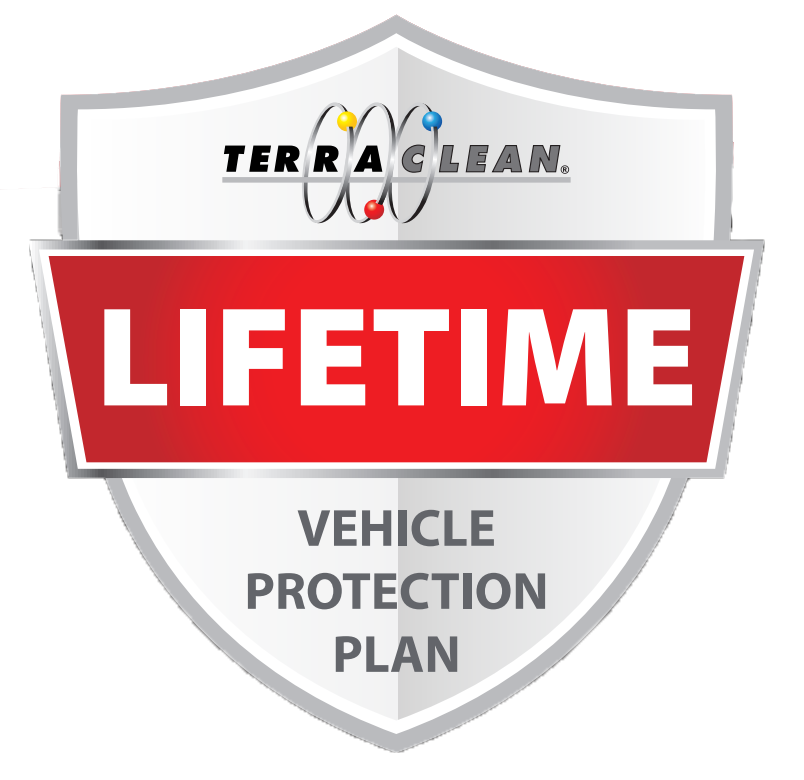Why Maintaining Your Current Vehicle Is More Cost-Effective Than Buying A New Vehicle
Purchasing a new vehicle is exciting. It’s shiny and new and has that enticing new car smell. Even if their current vehicle is running well and is still reliable, many drivers consider trading their car in once it is 4 or 5 years old. In fact, many dealers suggest trading these young cars in while they are still new enough that no major repairs or maintenance needs have been performed. Makes sense, right? Let’s take a closer look at why it is actually more cost-effective to stay on top of your scheduled maintenance and keep your car for 10 years of more.
The Money Doesn’t Add Up In Your Favor
Vehicles are a high price tag item, that begin to depreciate in value the moment you drive them off the lot. By trading in a vehicle, especially one you are still paying off, at the 3 to 5 year point—your trade-in value isn’t as powerful as you might imagine. In many cases your trade-in value simply pays off the remainder of your loan. New cars are also drastically more expensive, and with all the options in upgrades (particularly smart vehicle technology)—it’s easier than ever to walk away with a vehicle that costs far more than you had planned. Also, your insurance may increase at the time of your purchase. And this doesn’t even count the warranty or credit disability insurance you will be tempted to purchase.
Proper Maintenance Can Reduce The Need For Major Repairs
The first few years that you own your car you may only need to invest in are oil changes and tire rotations. So, when you hit the 3+ year mark and have to start investing in the higher ticket preventative and ongoing vehicle maintenance and repairs—a new car might sound like the cheaper alternative. While having your transmission flushed, brakes changed, and purchasing new tires all in the same few months may be more than you would like to spend, don’t lose sight of the fact that these are all preventative measures. Even at around $2,000 a year in maintenance, it is likely far less than committing to a new monthly car payment. For example, once your car is paid off you will have more money to apply elsewhere each and every month. Even if one-third of the money saved is invested in vehicle maintenance—you still have a few years of extra cash you can apply elsewhere in your budget.





